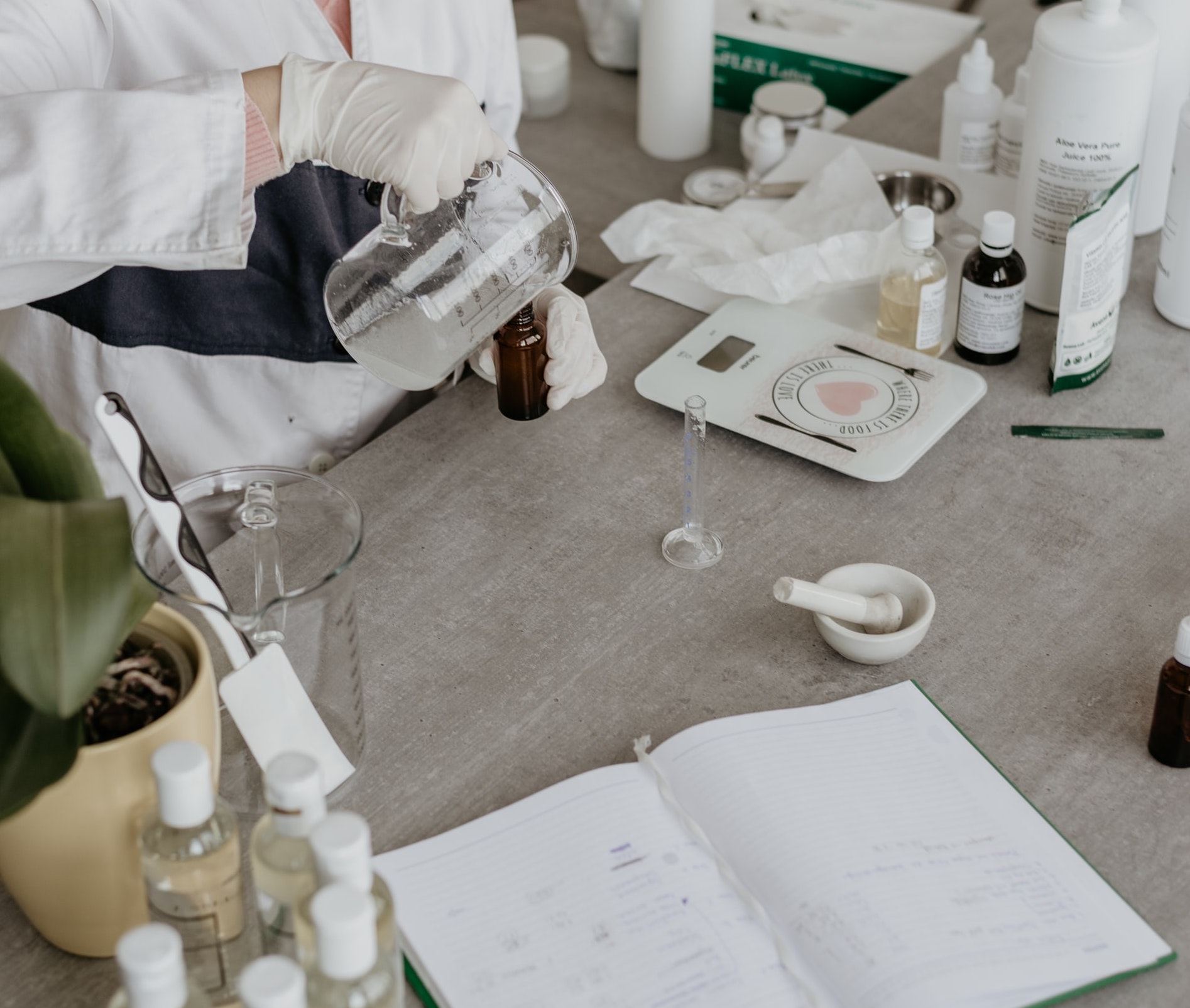EU LEGAL FRAMEWORK
According to the European Cosmetics Regulation (EC) No 1223/2009, a cosmetic product is defined as “any substance or mixture intended to be placed in contact with the external parts of the human body (epidermis, hair system, nails, lips and external genital organs) or with the teeth and the mucous membranes of the oral cavity with a view exclusively or mainly to cleaning them, perfuming them, changing their appearance, protecting them, keeping them in good condition or correcting body odours”.
When making available a cosmetic product in the European market, a manufacturer must comply with this definition and be aware that every single claim they wish to indicate or imply in the product has also to be in accordance with such definition.
The Commission Regulation (EU) No 655/2013 lays down common criteria for the justification of claims in relation to cosmetic products. It applies to any cosmetic product claim, irrespective of the medium or type of marketing tool used, the product functions claimed and the target audience.
In 2017, a technical document on cosmetic claims was issued by the European Commission in order to provide guidance for the application of Commission Regulation (EU) No 655/2013. This technical document came into force in 2019 and some companies are still adapting themselves to it. Besides providing a detailed description of the common criteria, it also provides the best practices specifically related to the type of evidential support used for the justification of cosmetic claims as well as for the application of the common criteria to “free from” and “hypoallergenic” claims.
CLAIMS ON COSMETIC PRODUCTS AND ITS CRITERIA
Claims can be in the form of texts, names, trademarks, pictures and figurative or other signs that convey explicitly or implicitly product characteristic or functions in the labelling, marketing and advertising of cosmetic products.
The six common criteria laid down by the Commission Regulation (EU) No 655/2013 are: legal compliance; truthfulness; evidential support; honesty; fairness; and allowing informed decisions. A cosmetic product cannot contain or imply false or irrelevant information and its claims should be supported by adequate and verifiable evidence (i.e., nothing should be claimed that cannot be supported). Overall, cosmetic products claims must be clear, true, objective, understandable and give enough information to allow consumers to make informed decisions.
For example, symbols and statements mentioning “not tested in animals” or similar are not allowed in the European Union (EU) as it is a mere compliance with regulations (animal testing in the EU is prohibited). Other example is the claim “free from parabens”, which should not be used, as some parabens can be safely used when in accordance with the conditions stated in the EU cosmetics regulation (Annex V – list of preservatives allowed in cosmetic products). Other claims such as “this product complies with provisions of the EU cosmetic legislation” and “skin care product does not contain hydroquinone” are also not allowed.
As mentioned before, claims must be supported and properly substantiated, which means that the information provided must be proven. This proof may be obtained by researching the available literature, by experimental studies, by performing consumer perception tests or using all of the above. The decision on how to do it should be made in accordance with the nature of the product and type of claim.
If you need further information or advice on which claims can be made for your cosmetic products and their proper substantiation, feel free to contact us at info@criticalcatalyst.com.
References:
- Regulation (EC) No 1223/2009 of the European Parliament and of the Council of 30 November 2009 on cosmetic products.
- Commission Regulation (EU) No 655/2013 of 10 July 22013 laying down common criteria for the justification of claims used in relation to cosmetic products.
- Technical document on cosmetic claims. Agreed by the Sub-Working Group on Claims. 2017. European Commission.















